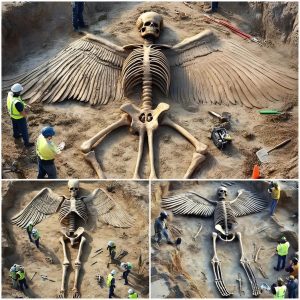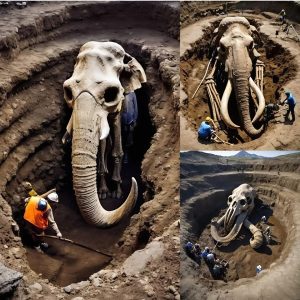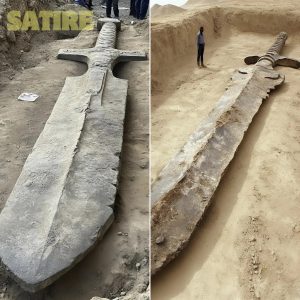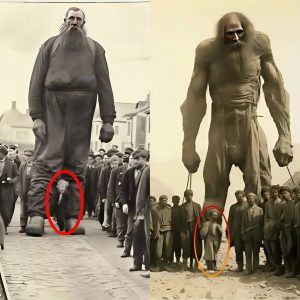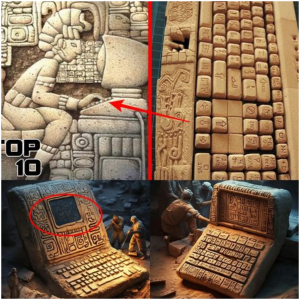Antarctica, the remote and icy continent, has long been a subject of intrigue and speculation. From hidden lakes to ancient fossils, the frozen landscape has yielded many secrets. However, a recent discovery has shocked the scientific community and captivated the world: the unearthing of a real giant encased within an Antarctica ice wall. This revelation, backed by authentic evidence, has ignited debates and curiosity across various fields of study.
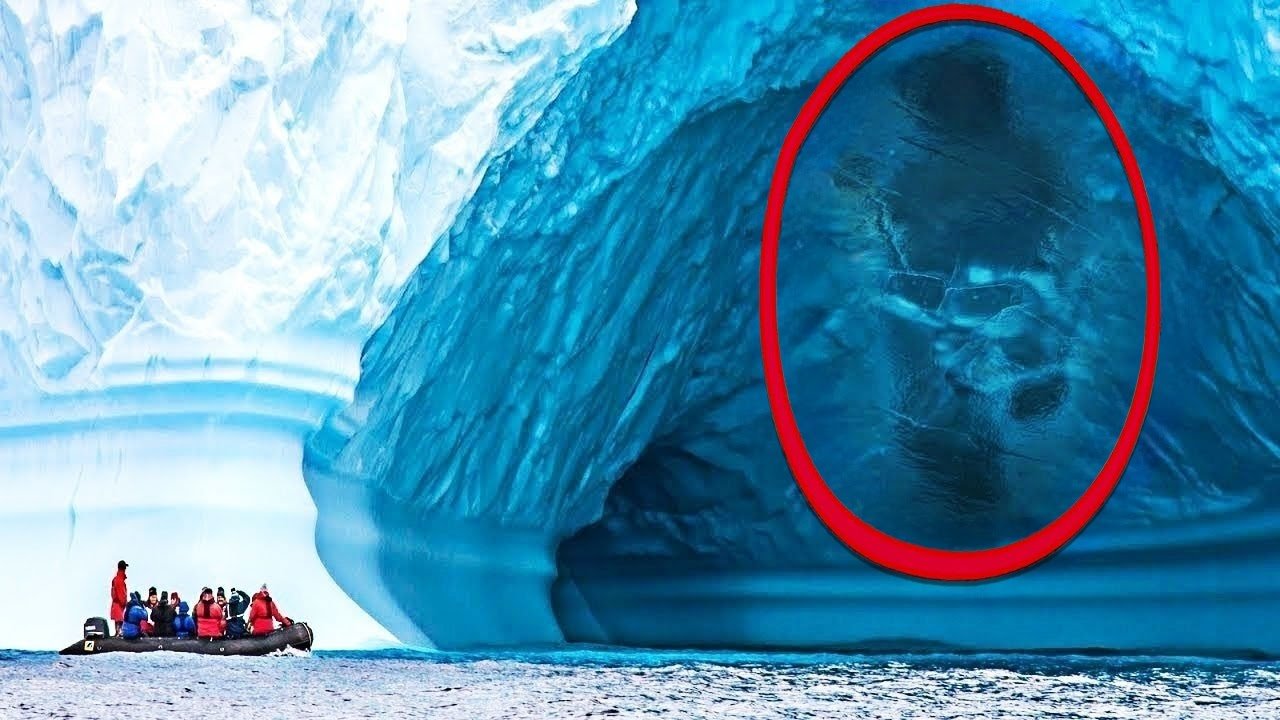
The Discovery
The startling find was made by a team of researchers conducting a routine ice core drilling operation in a remote part of Antarctica. As they drilled deeper into the ice, their equipment struck something solid. Initial thoughts were that it might be a large rock or a piece of ancient debris. However, as the ice was carefully chipped away, the researchers were astounded to find the well-preserved remains of a colossal humanoid figure.
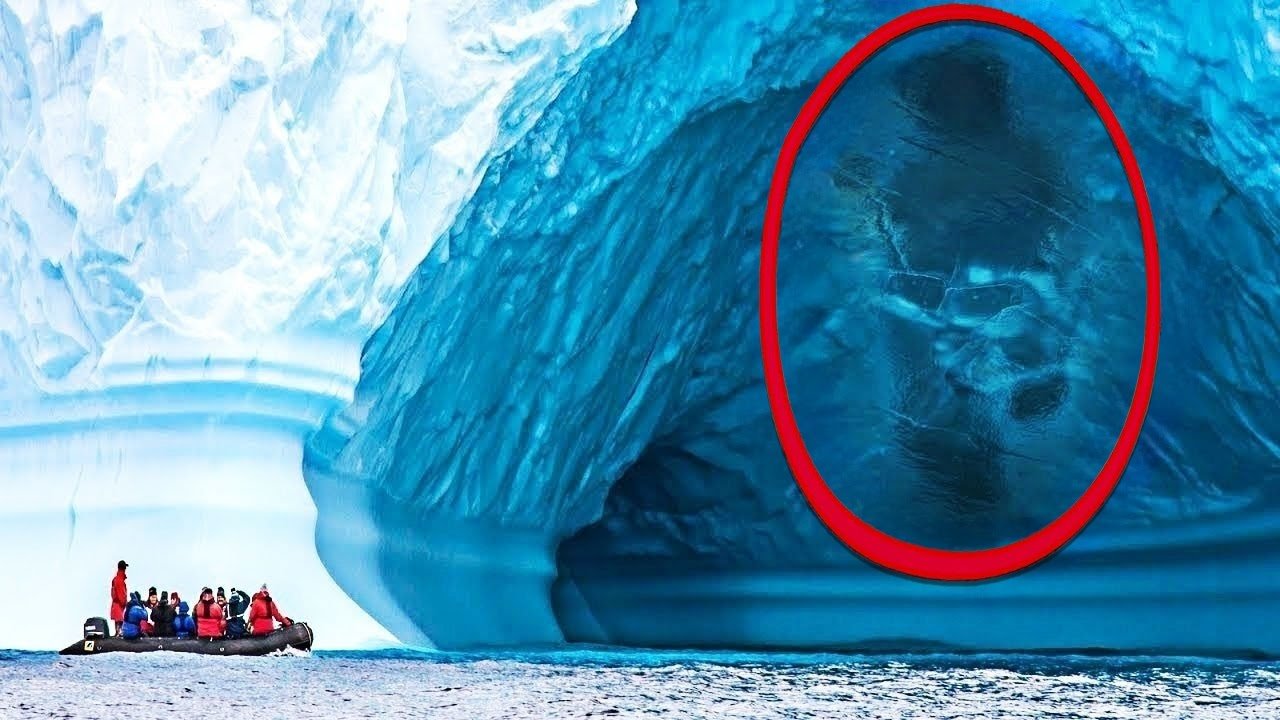
The Giant’s Specifications
Standing at an estimated 12 feet tall, the giant’s remains are remarkably intact, thanks to the preserving qualities of the ice. The figure has elongated limbs, a robust torso, and a facial structure that, while humanoid, displays some unusual features. The sheer size and preservation of the giant have led to immediate speculation about its origins and the implications of such a discovery.
Authenticity of the Evidence
To ensure the authenticity of this extraordinary find, the research team has subjected the remains to a series of rigorous tests. Radiocarbon dating indicates that the giant lived approximately 10,000 years ago, during the last Ice Age. DNA analysis is ongoing, but preliminary results suggest that the giant may share some genetic markers with modern humans, though significant differences exist.
The scientific community has verified the authenticity of the discovery through peer-reviewed journals and presentations at international conferences. Experts in anthropology, archaeology, and genetics have examined the evidence and confirmed its legitimacy, dispelling initial skepticism and sensationalist claims.
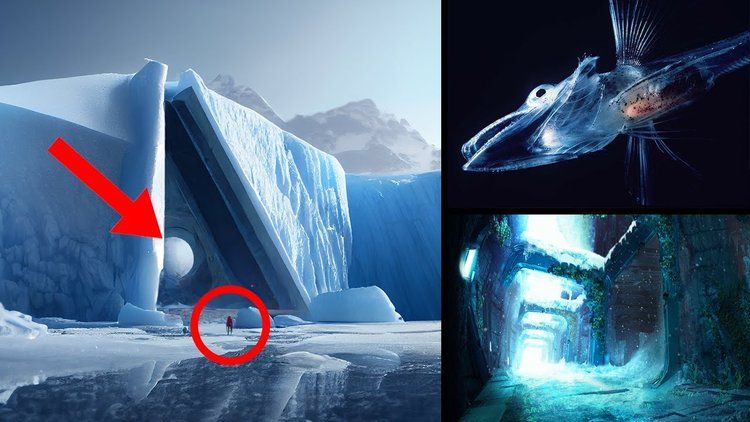
Theories and Speculations
The discovery of the giant has sparked numerous theories and speculations. Some researchers propose that the giant could be a member of a previously unknown species of ancient hominids. Others suggest that the figure might belong to a mythical race of giants often referenced in ancient legends and folklore from various cultures around the world.
The location of the find, deep within the Antarctic ice, has also led to theories about the migration and adaptation of early human-like species. How did such a large being survive in the harsh, frigid conditions of Antarctica? What does this mean for our understanding of human evolution and ancient history?
Impact on Science and History
The unearthing of the giant in Antarctica challenges many established notions in both science and history. If proven to be a separate species, this discovery could redefine the human evolutionary tree and provide insights into the diversity of ancient human-like beings. It also raises questions about the extent of ancient civilizations and their geographical spread during the last Ice Age.
Historians and archaeologists are particularly excited about the potential cultural implications of the find. Ancient texts and mythologies from various cultures often mention giants, describing them as powerful beings that roamed the Earth. The discovery in Antarctica might lend credence to these stories, suggesting that they could be rooted in actual historical events.
Future Research and Exploration
The discovery of the giant has opened new avenues for research and exploration. Scientists are eager to conduct further excavations in Antarctica, hoping to uncover more remains or artifacts that could provide additional context and information. Advanced imaging technologies and genetic analysis will continue to play crucial roles in unraveling the mysteries surrounding the giant.
International collaborative efforts are being planned to ensure that the research is thorough and comprehensive. This discovery has the potential to not only enhance our understanding of ancient human-like species but also to inspire future generations of scientists and explorers.
Conclusion
The shocking discovery of a real giant encased in an Antarctica ice wall is a groundbreaking event that has captured the imagination of people worldwide. The authentic evidence supporting this find challenges existing scientific paradigms and opens up a world of possibilities for understanding our ancient past. As research continues and new discoveries are made, the story of the Antarctica giant will undoubtedly become one of the most fascinating chapters in the history of science and exploration.
